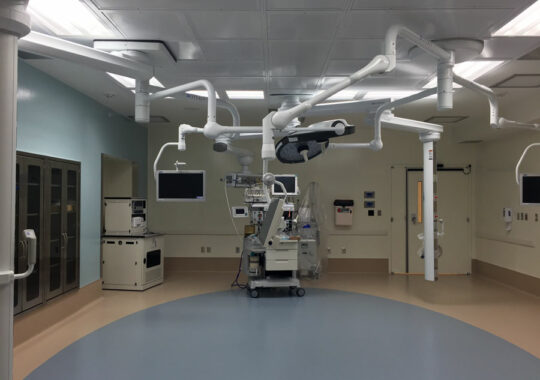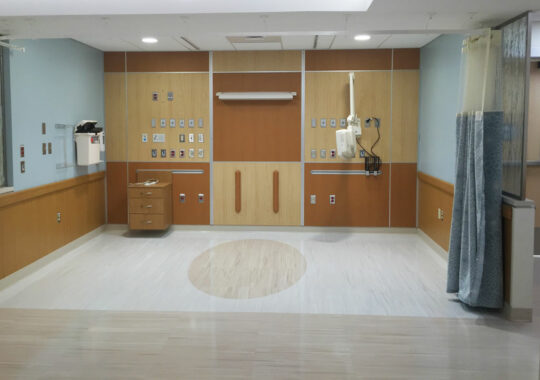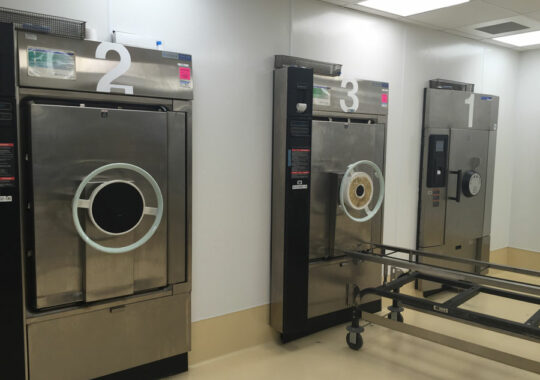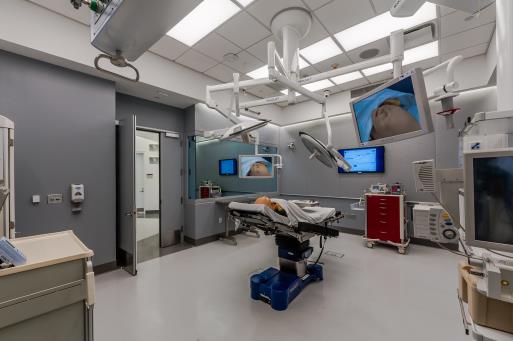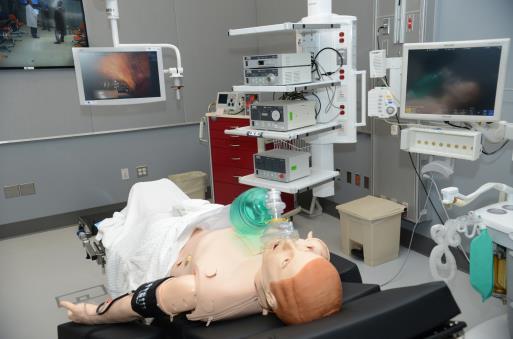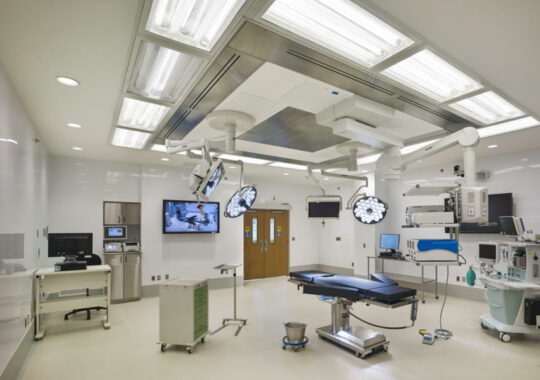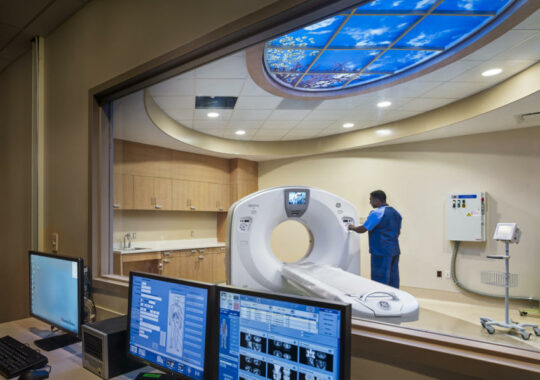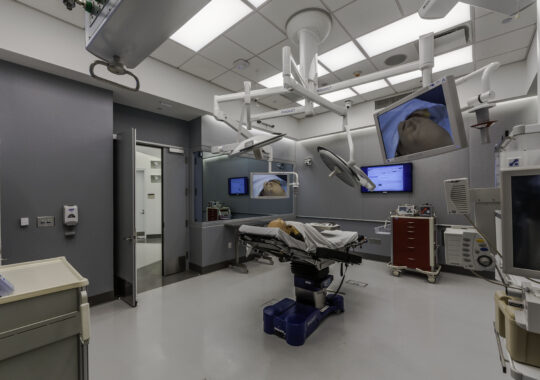Professional Profile: The Critical Role of Medical Equipment Planning, Interview with Jay Ticer
- Dec 23, 2017
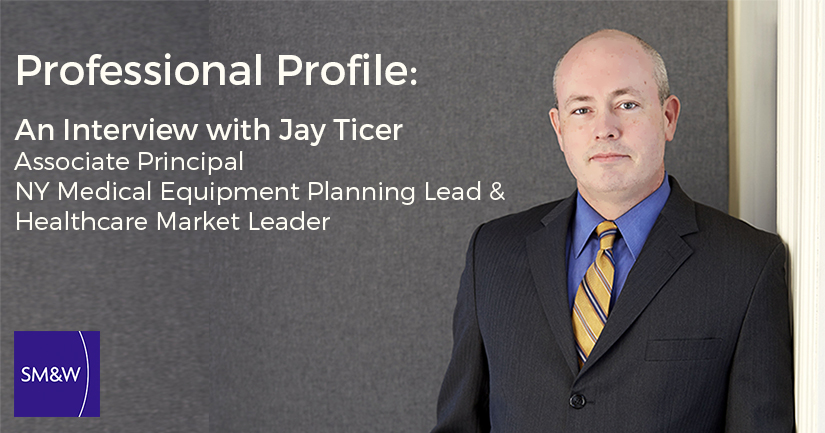
From single department renovations to new construction of entire medical centers, medical equipment planning greatly increase the likelihood of a project meeting the owners’ vision of patient care. Jay Ticer talks good medical equipment planning and helping design teams take projects to completion – with satisfied clients.
Q: What is your background? How did you get into medical equipment planning?
Jay Ticer: My background and education was focused on nursing – I was in the United States Army Department of Nursing Services and later I got my degree from the United States Navy Fleet Hospital School. Early in my career I served as a clinical specialist for medical device manufacturers in specialties such as minimally invasive surgery, endoscopy and sports medicine. This work included physician and staff education on device specific surgical procedures, clinical testing of emerging surgical technology and partnering with surgery departments to create equipment management programs. I’ve consulted in areas such as central sterile and OR process, as well as workflow management and medical device in-service education.
Q: What does your role encompass?
Jay Ticer: I currently manage a team of medical equipment planning consultants with SM&W. I also offer my expertise and guidance to client organizations in the assessment, planning, procurement, and management of medical equipment planning projects. I plan to expand SM&W’s medical equipment planning consulting service to more US regions as well as to select overseas markets.
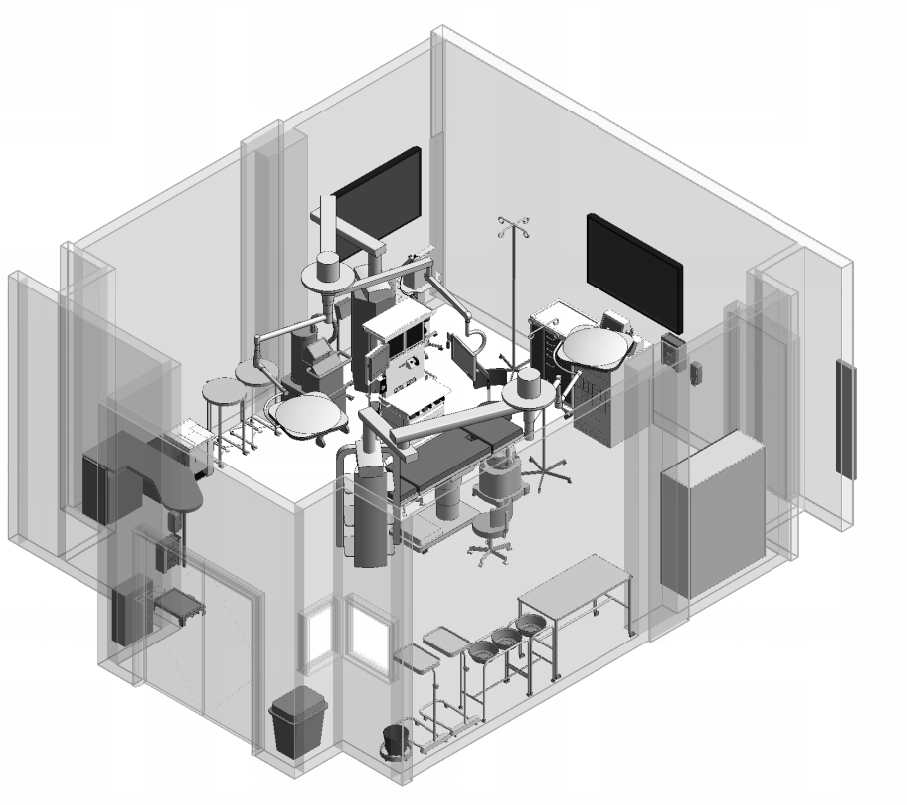
Q: Why is it necessary to use medical equipment planners?
Jay Ticer: Interestingly, we see this question quite often from healthcare organizations looking at construction projects. Outfitting a modern hospital facility is a complex process requiring many skill sets including an expertise in space planning, biomedical engineering, information technologies and project management. Having an in-depth knowledge about specific medical devices is only part of what is needed to select and specify the most appropriate technology and systems for use in any healthcare facility. Hospitals have become a series of integrated components and can no longer serve the clinical needs of the patient utilizing only stand-alone devices. There is the need for a new way of thinking about how to collect and manage equipment related information. Medical Equipment Planning evolved as a professional discipline to respond to the need for a vendor independent, objective, comprehensive and systematic approach to managing information relating to medical equipment selection, budgeting, documenting, procuring and commissioning. Medical equipment represents the second largest budget line for a new hospital construction project. Selecting the most appropriate equipment that supports the clinical programs of the hospital is critical. This will prevent the buying of equipment that is not needed or over specified. Acquiring this equipment in a competitive environment will save our client a great deal of money. Providing the design team with consistent and comprehensive documentation for the planning, structural and infrastructure requirements of equipment, while anticipating flexibility and change, will reduce the number of costly change orders on the project. Considering the overall cost of medical equipment on a given healthcare project, the complexity of information that needs to be shared by all the stakeholders and the number of vendors involved, utilizing an equipment planning consultant is justified.
Q: What makes SM&W different from other medical equipment planning firms?
Jay Ticer: We believe SM&W has several firm advantages. First and foremost, we have consultants on staff with personal experience in the healthcare environment, such as clinicians, facility managers and healthcare design professionals. Having that direct experience brings a unique perspective to our work, and allows us to gain a greater understanding of a client’s vision of patient care for their facility. It also enables us to be much more effective during client interactions, and truly examine the clinical, operational and financial issues a healthcare facility must address for any construction project. Second, we are a multi-discipline firm. This immediate access to colleagues in Information Technology, Audiovisual, low voltage and our other services means when we are planning highly-sophisticated spaces such as hybrid Operating Rooms, we can coordinate information much more effectively. This is important, as those sophisticated spaces must be handled appropriately, considering the fact that the cost to address missteps in coordination by stopping construction or renovating after the facility is open is significant.
Q: How do you save your client’s money?
Jay Ticer: We save our client money by proactively addressing medical equipment and healthcare technology issues that may impact project budgets. We will also save money by acting as an objective subject matter expert resource when questions related to high-cost medical equipment arise. This happens most often when physician preferences for a particular vendor or model/type of equipment. These preferences are not always based upon all of the relevant clinical, operational and financial information available for a particular medical equipment item. Having an independent, knowledgeable partner, such as SM&W, who can provide expert guidance and information can result in significant cost savings to our client’s healthcare projects.
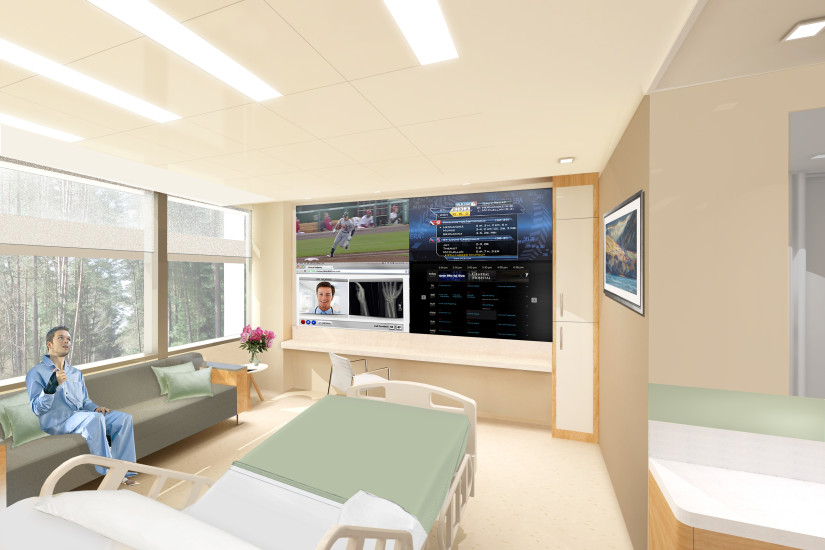
Q: What is the benefit of medical equipment planning in terms of future hospital operations, management, cost savings?
Jay Ticer: The true benefit of medical equipment planning over the long term is having a healthcare facility that is not only prepared to provide patient care aligned with the client’s strategic vision from the first day of operation, but flexible enough to do so years afterwards. By utilizing a well-experienced medical equipment planning firm, our client will be able to develop healthcare facilities that are forward-thinking, but based on rational and objective decision-making where medical equipment technology is concerned. Given the ever-changing landscape of healthcare, there is a risk of including new and emerging medical equipment technology in a project when it may not be appropriate for the vision of patient care in a new facility. This can represent a tremendous cost in capital funds that may have been expended needlessly, for equipment poorly serves a facility’s clinical, operational and financial goals. One example would be the use of fixed imaging in the operating room. The cost for medical equipment in a “hybrid” operating room is quite high (e.g., $4-8M USD depending on the type of imaging system and surgical specialties involved), but the very nature of the room limits its universal use. Coordinating the infrastructure-dense equipment, siting and placement, and a myriad of related and complex issues requires experience, technical knowledge and the ability to build consensus among stakeholders with differing viewpoints and goals. SM&W can assist our clients in navigating the issues related to this kind of medical equipment technology, and make informed and reasoned decisions on whether or not it makes sense to include in a particular project.
Click Here To Contact Jay Ticer
To see healthcare projects and download our brochure >> Click Here
